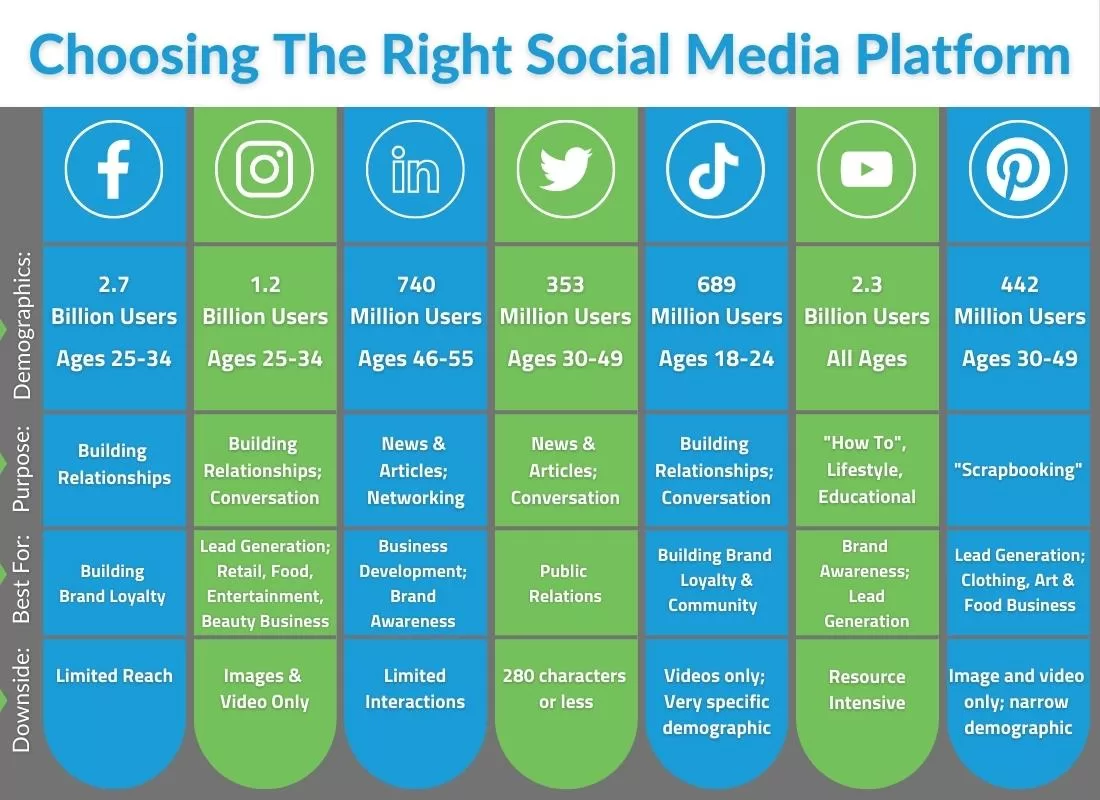
Choosing the right platforms for network ads is crucial for maximizing the effectiveness of your advertising campaigns. The right platform can help you reach your target audience, achieve your marketing goals, and optimize your ad spend. Here’s a guide to selecting the best platforms for your network ads.

Right Platforms for Network Ads
1. Define Your Advertising Goals
Set Clear Objectives
Determine what you want to achieve with your network ads. Common goals include increasing brand awareness, driving website traffic, generating leads, or boosting sales. Clear objectives help guide your platform selection process.
Identify Key Performance Indicators (KPIs)
Establish KPIs to measure the success of your campaigns. Metrics such as click-through rates (CTR), conversion rates, cost per acquisition (CPA), and return on ad spend (ROAS) will help you evaluate the effectiveness of different platforms.
2. Understand Your Target Audience
Profile Your Audience
Create a detailed profile of your target audience, including demographics, interests, behavior, and location. Understanding your audience helps identify which platforms are most likely to reach and engage them effectively.
Consider Audience Preferences
Different platforms attract different audience segments. For example, LinkedIn is ideal for B2B targeting, while Instagram and TikTok are popular with younger demographics. Choose platforms that align with your audience’s preferences and online behavior.
3. Evaluate Platform Capabilities
Review Targeting Options
Examine the targeting capabilities of each platform. Effective targeting options include demographic filters, interest-based targeting, behavioral targeting, and geographic targeting. Choose platforms that offer the targeting features that align with your campaign goals.
Assess Ad Formats
Consider the ad formats available on each platform, such as display ads, native ads, video ads, and sponsored content. Select platforms that support the ad formats that best suit your campaign objectives and creative assets.
Analyze Analytics and Reporting Tools
Evaluate the analytics and reporting tools provided by each platform. Robust analytics tools offer insights into ad performance, audience engagement, and ROI. Choose platforms that provide comprehensive data and reporting features for effective campaign management.
4. Consider Budget and Cost
Compare Advertising Costs
Compare the cost structures of different platforms, including cost-per-click (CPC), cost-per-impression (CPM), and cost-per-acquisition (CPA). Ensure that the platform’s cost aligns with your budget and expected ROI.
Evaluate Budget Flexibility
Assess the flexibility of each platform’s budgeting options. Platforms that offer flexible budget allocation and bid adjustments allow you to optimize spending and adapt to changing campaign needs.
5. Review Platform Reach and Coverage
Assess Reach and Audience Size
Evaluate the reach and audience size of each platform. Platforms with larger audiences offer broader exposure, while niche platforms may provide more targeted reach. Choose platforms that align with your desired level of reach and audience specificity.
Consider Platform Popularity
Consider the popularity and user engagement levels of each platform. Popular platforms with high user engagement offer greater opportunities for visibility and interaction with your target audience.
6. Test and Optimize
Conduct Platform Trials
Run test campaigns on different platforms to evaluate their effectiveness. Testing allows you to assess performance, audience engagement, and ROI before committing a larger budget.
Optimize Based on Results
Analyze the results of your test campaigns to determine which platforms deliver the best performance. Optimize your ad spend by allocating more budget to high-performing platforms and adjusting strategies based on performance data.
7. Factor in Platform Integration
Check Integration Capabilities
Ensure that the platforms you choose integrate well with your existing marketing tools and systems. Integration with tools such as CRM systems, analytics platforms, and marketing automation software streamlines campaign management and data analysis.
Consider Cross-Platform Advertising
Explore platforms that support cross-platform advertising, allowing you to reach your audience across multiple channels. Cross-platform strategies provide a cohesive brand experience and enhance overall campaign effectiveness.
8. Evaluate Customer Support and Resources
Assess Support Availability
Review the customer support options offered by each platform. Reliable support is essential for resolving issues, optimizing campaigns, and ensuring smooth ad operations.
Utilize Educational Resources
Consider the availability of educational resources, such as guides, webinars, and tutorials. Platforms that offer robust resources help you stay informed about best practices and new features.
Conclusion
Choosing the right platforms for network ads involves defining your advertising goals, understanding your target audience, and evaluating platform capabilities. By considering factors such as targeting options, ad formats, cost, reach, and integration, you can select platforms that align with your campaign objectives and maximize your ad performance. Testing and optimizing your platform choices ensure that you achieve the best results and make informed decisions about your advertising strategy.
